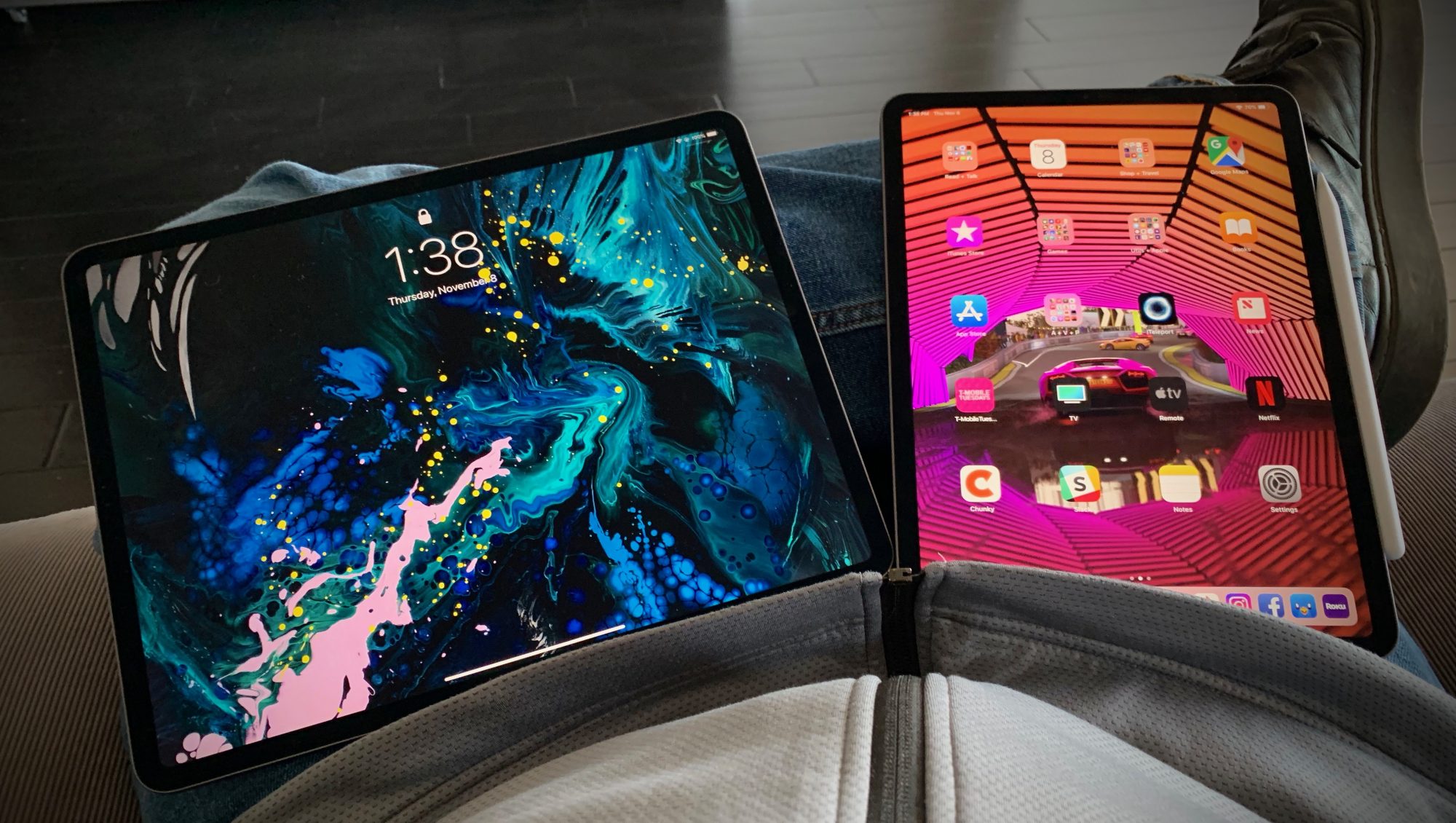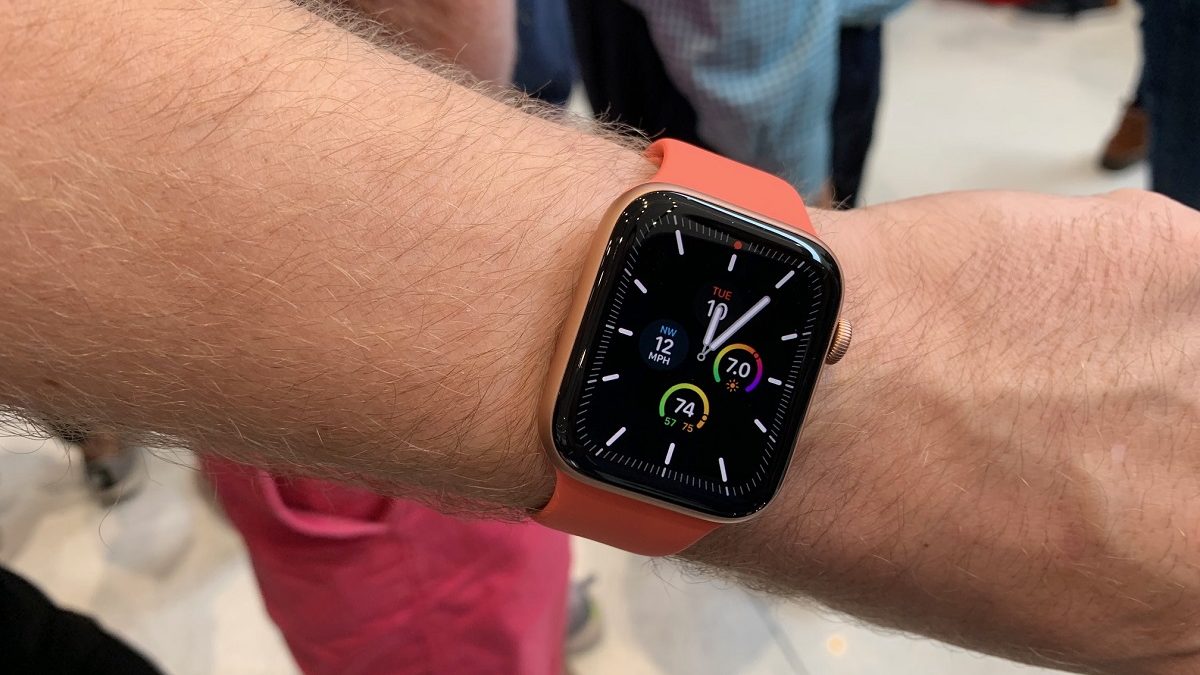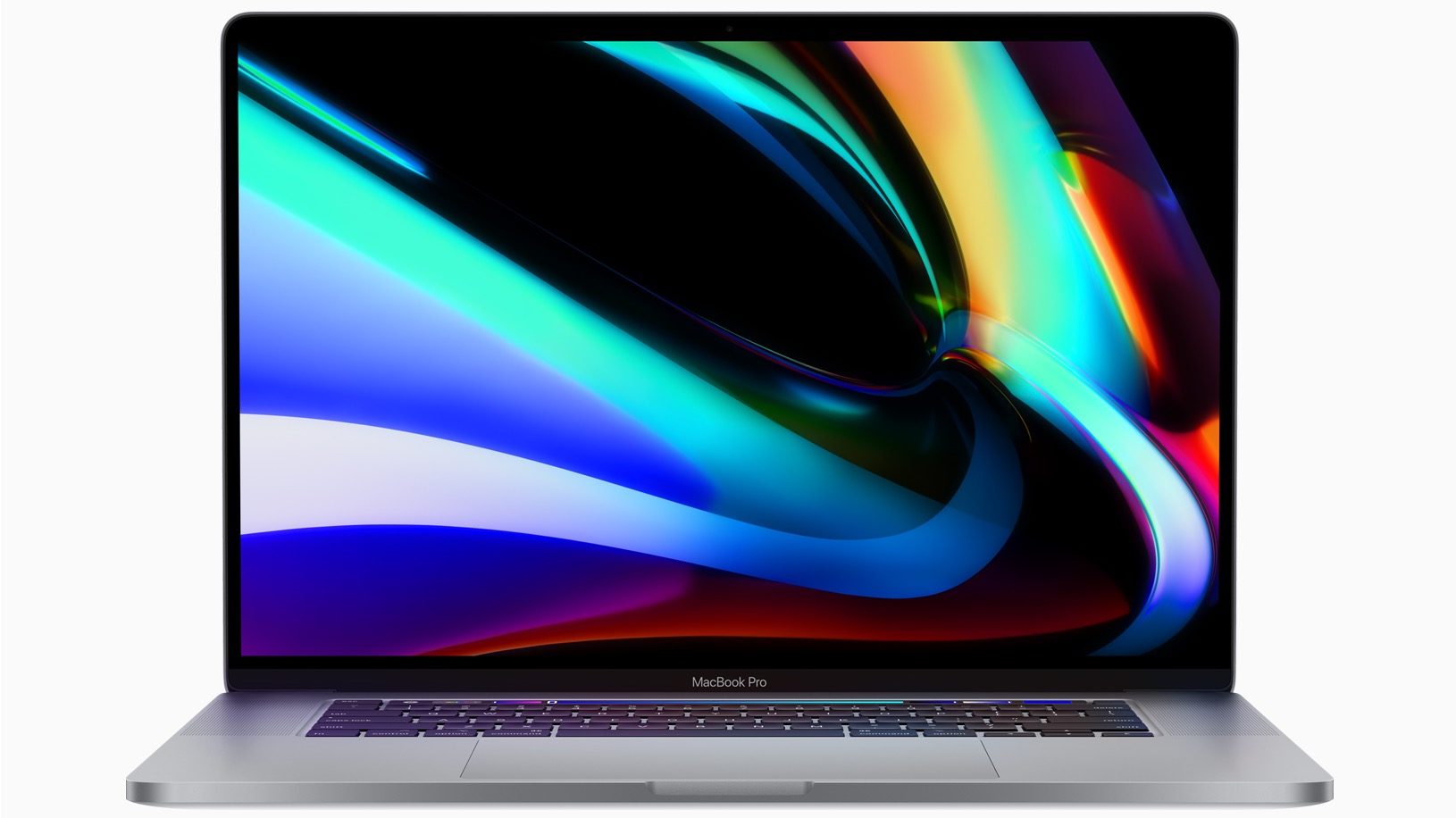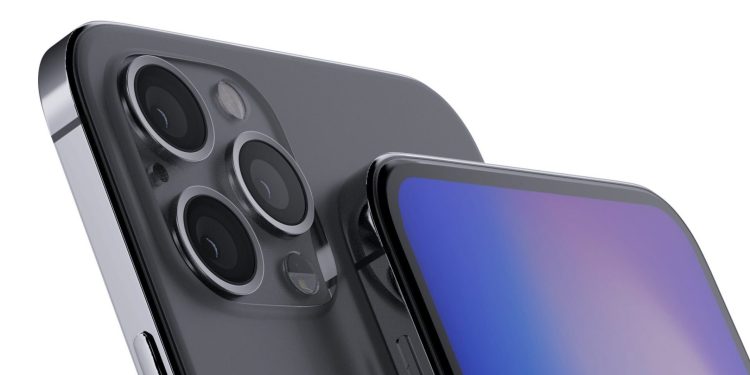As a daily Mac, iPhone, iPad, and Apple Watch user, I know the first impulse when receiving something new from Apple is to open the box and start setting the device up right away — it’s exciting to get something new and shiny! So if you’re lucky enough to get one of those packages during this week’s holidays, that’s awesome, and you should enjoy it.
Unless, of course, you’re interested in waiting just a little while longer for something noticeably better. There’s every reason to believe 2020 will be a big year for new Apple products — possibly one of the biggest in the company’s history. Major changes are afoot for several existing product families, including iPhones and Macs, and there’s even some potential for a brand new Apple device category (AR glasses) to at least get publicly previewed this coming year.
Here’s what you need to know before you decide to hang onto an Apple product purchased or gifted in late 2019.
iPhone 12
Although the details all fall into the “rumors and speculation” category, Apple’s iPhone lineup is widely expected to receive a massive overhaul in 2020, including the major feature improvements that typically kick off upgrade “supercycles.” Today’s flagship iPhone 11 and iPhone 11 Pro are expected to be redesigned into iPhone 12 models with larger screens, 5G cellular capabilities, and better cameras. There’s even a rumor that Apple might get rid of the front screen “notch” on these devices. Separately, the iPhone 8 has been tipped to evolve into an entry-level “iPhone SE2” or “iPhone 9” with internal chip improvements.
June 5th: The AI Audit in NYC
Join us next week in NYC to engage with top executive leaders, delving into strategies for auditing AI models to ensure fairness, optimal performance, and ethical compliance across diverse organizations. Secure your attendance for this exclusive invite-only event.
Should you hold out for one of these devices? That’s up to you. But if I were going to upgrade to a 2019 or 2020 phone, I would personally wait on an iPhone 12, as I wouldn’t want to spend the next several years using a phone that didn’t support faster, increasingly available 5G networks.
iPad Pro
Very little is known for sure about Apple’s next-generation iPad Pro tablets, but they’re typically on a 1.5-year upgrade cadence. Since the current iPad Pro was released in 2018 with no updates or price changes during 2019, that virtually guarantees new and improved models are coming in 2020 — quite possibly in the first half of the year.

Above: Apple’s third-generation 12.9-inch iPad Pro (left) and 11-inch iPad Pro.
Historically, the company has been comfortable reusing prior industrial designs for years if they’re working well for users, and the current iPad Pros have been widely praised for their relatively compact sizes, light weights, and notchless Face ID implementations. In the coming year, they’ve been tipped to follow iPhones in getting multiple rear cameras and are likely to see fairly major performance bumps, moving from last year’s A12X Bionic to a next-generation A14-series chip based on a 5-nanometer process.
There’s also the potential of a move to 5G cellular capabilities in 2020, as well as a possible shift to a superior screen technology — either mini LED or OLED. In any case, as much as I love the 11-inch iPad Pro I bought in 2018, I would certainly hold off for the updated model at this point rather than buying old hardware so close to 2020.
Apple Watch Series 6
Last year’s Apple Watch Series 4 was the family’s first huge top-to-bottom redesign — everything from screens to chips and sensors received upgrades. This year’s Apple Watch Series 5 was one of the smallest updates in the product’s history: no CPU bump, no design bump, and only two new features.

Above: Apple Watch Series 5.
No one’s sure what’s coming to the Series 6 model, but rumors have suggested that there could be a new micro LED screen enabling either thinner Watch designs or longer battery life, plus brighter and more color-accurate visuals. Apple’s uncharacteristic skipping of processor improvements in 2019 sets the stage for big gains in 2020’s S-series chip, as well.
Wild card: Apple TV 8K or 4K+
It’s really hard to know what Apple is going to do with the next-generation Apple TV. The last two generations — currently called Apple TV HD and Apple TV 4K — remain on sale together at price points ranging from $149 to $199, where they seemingly haven’t made much of a dent in the marketplace. Rather than bringing the entry price (like the third-generation Apple TV) back to $69 or $99, or releasing a Roku/Amazon Fire TV-style streaming stick, Apple has stuck to higher-priced devices that just don’t sell as well.
Assuming Apple remains in the streaming TV hardware business, a possible next move would be to support 8K video output as televisions begin transitioning to the higher-resolution standard. Doing so would require a faster CPU/GPU than the current A10X Fusion — perhaps the A12X or A13 Bionic — as well as a refresh of the current tvOS interface and apps to support these screens.

I call this a “wild card” because rumors have suggested that an Apple TV hardware refresh is in the works for early 2020, but it still feels too early for Apple to jump on the 8K bandwagon, given how few TVs and 8K content providers are out there — something that’s expected to change starting with the 2020 Summer Olympics. The company could release another 4K model with long-awaited teleconferencing features akin to Facebook’s Portal TV, or it could do nothing this year.
Macs: Fixed MacBooks, ARM chips, and 2020 iMac
As a Mac user with growing kids, this was a particularly tough holiday season since I received requests for Mac computers that I’m not willing to purchase. My eldest daughter is ready for a MacBook laptop, but after multiple Butterfly keyboard repairs, I won’t buy or recommend that anyone else buy another MacBook until that’s been fixed — something Apple belatedly began with the 16-inch MacBook Pro last month and will supposedly fix in other models starting in 2020.
The bigger issue looming over Apple’s entire Mac lineup is a transition from Intel chips to Apple’s own ARM processors, a move that’s expected to yield major performance and power efficiency boosts. Though this will supposedly start in 2020, it’s unlikely to happen all at once like a thunderclap, instead beginning with consumer machines (such as MacBook Airs) before scaling up to Pro models.

On the positive side, if you have a Mac with an Intel chip, you’re able to run classic Windows apps either through Boot Camp or emulation, something ARM-based Macs probably won’t be able to do. But otherwise, Mac laptops with Apple-designed chips will likely achieve much longer battery life, faster boot times, and — finally — iPad- or better-quality graphics, even in entry-level machines.
How the Intel/Apple transition will impact other machines, such as Apple’s all-in-one desktop iMac, remains unclear. Rumors of a major iMac redesign have persisted for years, and adoption of A-series or similar chips could enable the next all-in-one to be thinner and lighter than Apple’s last consumer monitors. Whether that happens in 2020 or 2021 remains to be seen.
Wild card: Apple AR Glasses
The company hasn’t confirmed this, but there’s plenty of evidence to suggest Apple is working on augmented reality glasses that will depend on iPhones, mirroring Qualcomm’s support for AR glasses that rely on Android phones. Though a late 2017 report suggested the hardware would likely debut in 2020, more recent claims have pointed to 2022 or later — something that’s hard to square with the AR headset support found in iOS 13. But anything’s possible.
Regardless of when the hardware actually hits stores, Apple typically uses a multi-month reveal period to build hype, corral developers, and secure regulatory approvals ahead of debuting a new product category. If the AR glasses are coming in 2021, we may well see them at an event in 2020, just like the Apple Watch’s 2014 reveal ahead of 2015 availability. But if they’re really not coming until 2022, the official reveal might not happen until 2021.

It’s clear from all of the other likely products above that Apple won’t need AR glasses to generate excitement during 2020. But as Qualcomm-backed companies such as Nreal line up deals with Chinese, German, and Japanese cellular carriers to get phone-tethered AR headsets into the marketplace in 2020, Apple will need to decide whether it wants to show up early and be perceived as an “innovator,” or show up later with the resulting consequences.
In any case, there will be plenty of good reasons to save those Apple Store gift cards and your extra dollars for 2020. Hold off if you can!

